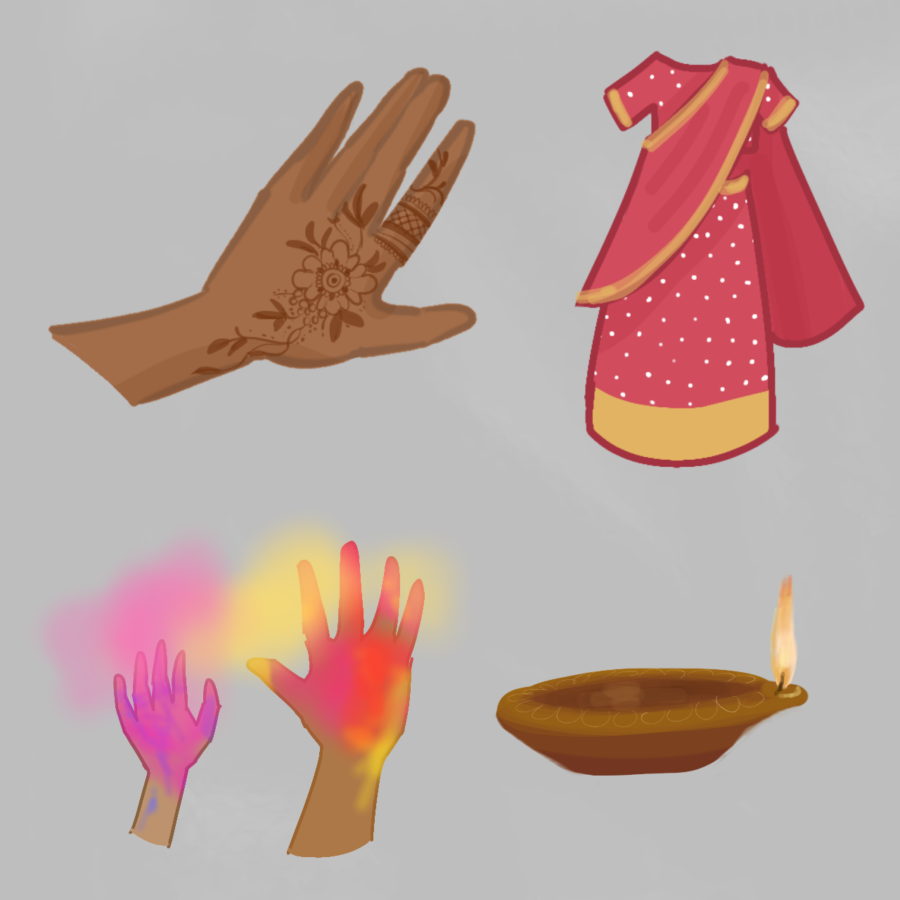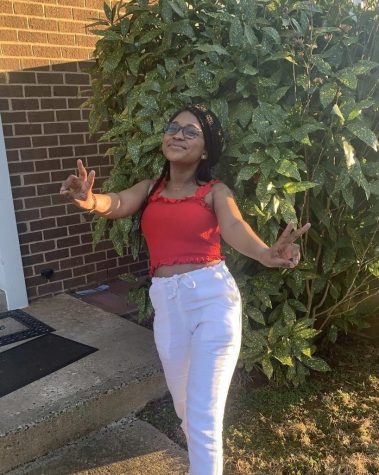South Asian Student Association shines light on Desi experience
The South Asian Student Association is a place for students to bond over their culture and share it with the RM community. Although the club is relatively new, its members are ambitious and have already put together several fun activities for all to enjoy and learn from.
November 29, 2021
One of the newer student-led cultural organizations is the RM South Asian Student Association (SASA.) Founded by graduated seniors Guari Girirajan and Amna Shamim and a group of their friends, SASA’s goal is to unite the South Asian Community at RM and represent South Asian students. .
The idea to create SASA came about casually as the group of friends discussed their experiences being young South Asians in America and how the representation they saw was subpar at best. “We decided that we wanted to create a space where we could discuss Desi issues and explore what it means to be Desi in America today,” Girirajan said.
The club came to fruition during quarantine and in its early days, they had meetings over Zoom in which they had guided discussions on topics from colorism to South Asian representation in media to politics. They also had a segment called “Grubbin with Gandhi” in which club sponsor and South Asian teacher Mr. Gandhi and other club members would make traditional South Asian food over Instagram live.
Now that school is back in person, the SASA is organizing events like the cultural fair which happened on Friday, Nov. 5 during lunch.
It was an enjoyable experience for South Asian students. “Seeing how many people took at least the slightest interest in South Asian culture, I think that was the biggest joy I had at the event, seeing the community turnout,” sophomore Rushi Jain, president of SASA, said.
Junior Arushi Gupta concurs. “Just the fact that we can have a South Asian Cultural Fair is very nice because that was something that when I mentioned to my uncles and people who went to school in the county many years before, it was sort of unbelievable to them that this was something we can do and that there’s enough of us to make it happen,” Gupta said.
The fair had multiple stalls to show different aspects of South Asian culture. Students were able to get henna/mehndi done and make their own rangoli. They also learned about the geography of South Asia, notable South Asian leaders and different aspects of South Asian culture such as sports and music.
There were also performances by RM’s South Asian Acapella group and Club Natya, RM’s Bollywood Dance club.
SASA plans to have more events in the future to celebrate the South Asian community and introduce RM students to their culture.
Members also hope to have the club take on an advocacy role not only for South Asian students but the Asian community as a whole. One of the reasons the SASA was created was to offer a safe space for South Asian students to discuss issues facing their community, especially challenges they face at school due to their ethnicity. “It created such a welcoming space… being a space solely for South Asians, it really gives you the space to voice the issues you deal with that other minorities or people just don’t,” Jain said.
A significant challenge South Asian students face when it comes to school is dealing with the model minority myth. “Being a South Asian student, there are constant stereotypes we have to face and a lot of them circulate around being a ‘smart brown student,” Jain said.
Many South Asian students feel as though their identity and experiences get washed out by those of their fellow asian counterparts, like East Asians for example. “Within RM, I think that it’s kind of amazing that we have a South Asian Student Association because I know oftentimes Asians just get clumped together and ‘Asians’ oftentimes means East Asians,” Jain said. “We can talk about specific things that make us South Asians different from the rest of our Asian identity and our Asian peers.”





